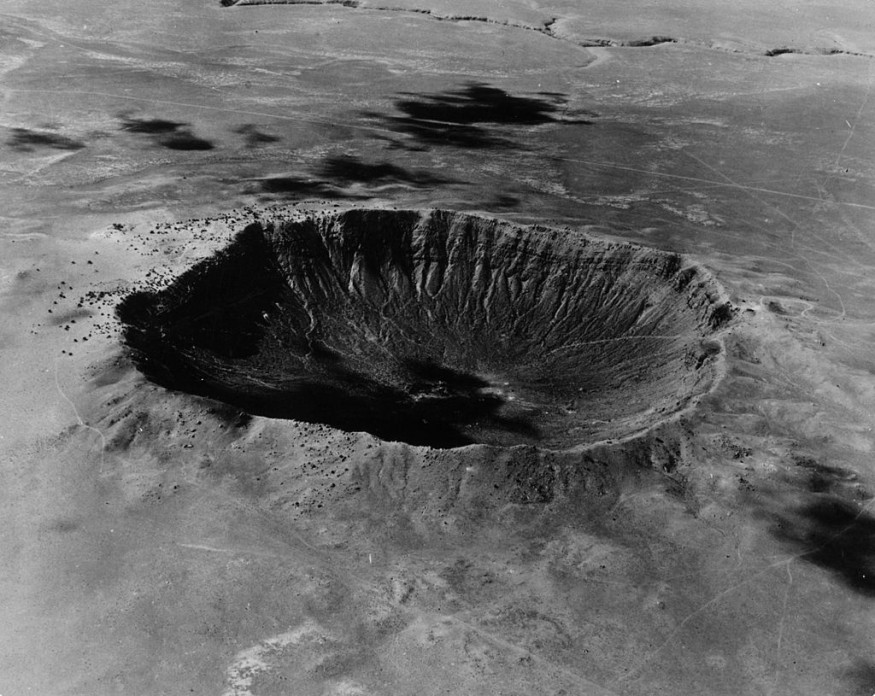
The idea of an asteroid causing another extinction level event is remarkably slim. However, that does not mean it has never happened in the near countless years of Earth's existence. That is why astronomers and geologists come to Arizona's world famous Meteor Crater in order to understand how these impacts form (and also just what kind of power they packed when they plummeted into the Earth).
What a meteor crater tells about asteroid destruction
Meteor Crater (also known as Barringer Crater) has often served as an ideal model of what remains after a meteor impact. Movies and video games often make a big show of it, but experts argue that the real thing could be a lot crazier.
#1. Size changes before impact
One of the things that reduce the dangers of meteors destroying Earth is the atmosphere. Depending on the speed by which it travels through the Earth's atmosphere, it would take a very, very large hunk of space rock to survive entry. The friction would end up burning much of the meteor's mass and often causing it to break into smaller pieces. Likewise, the surviving remnant would most definitely explode upon landing, and leave nothing but scattered fragments across the resulting crater.
#2. Even small meteorites can level cities
Just because a meteor gets smaller on its entry does not make it less destructive. It has actually been calculated that a crashing meteorite the size of a house can create a blast equivalent to the Hiroshima atomic bomb. This is because, even with a relatively small size, the speed behind a falling meteor has enough kinetic energy to send out devastating shockwaves. Barringer Crater actually presents a very clean, near picture-perfect representation of how much force the crash generated.
#3. They can cause climate change
Contrary to popular belief, it is not just volcanoes and man-made carbon emissions that can cause climate change. Meteors can too. In fact, the most famous instance of this happening is none other than the extinction level event that killed the dinosaurs. Studies from the equally famous Chicxulub Crater on the Yucatan Peninsula estimated that the impact threw up so much dust and debris into the atmosphere that it blocked out the sun, creating a new ice age.
Arizona crater as training ground for space explorers
It is well-known that the Meteor Crater is also an official training site for NASA, particularly for future astronauts scheduled to explore similar craters on the moon and (eventually) other planets.
Asides from just familiarizing with the unique terrain of an impact site, the area also trains aspirants on how to properly study the area. This includes not only measuring a crater's size but estimating the size of the meteor that made it. Learning to identify the elemental composition of the meteorite is also on the curriculum.
Lastly, such studies can go a long way to understanding the way asteroid bodies break off and how the pieces travel to become meteorites that hit other planets. And with over 20,000 asteroids near Earth, studying the dynamics of these potential extinction events equips mankind for safer life among the stars.
© 2025 NatureWorldNews.com All rights reserved. Do not reproduce without permission.





